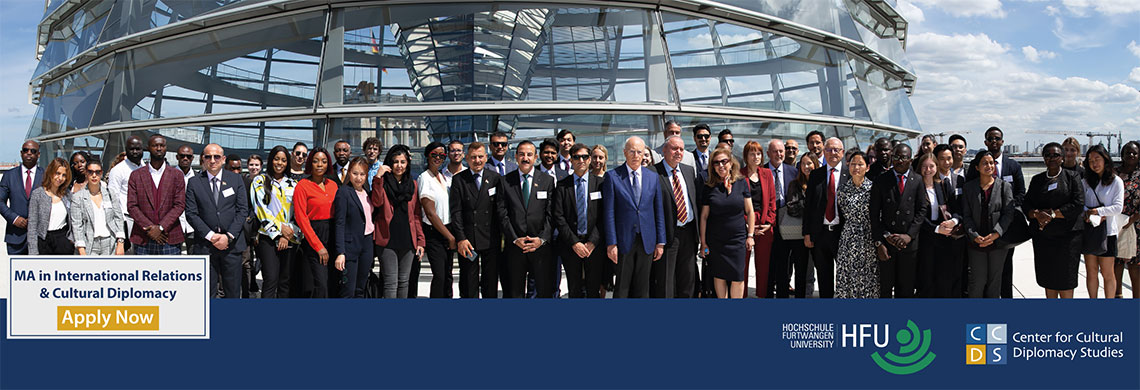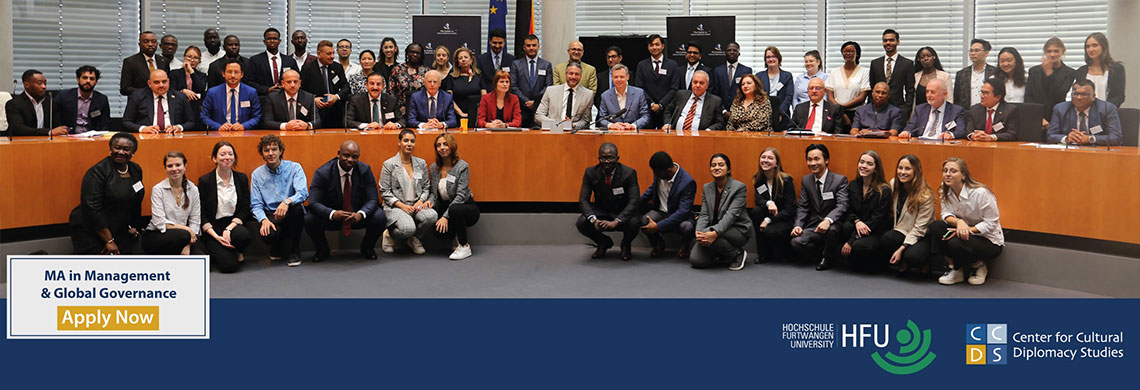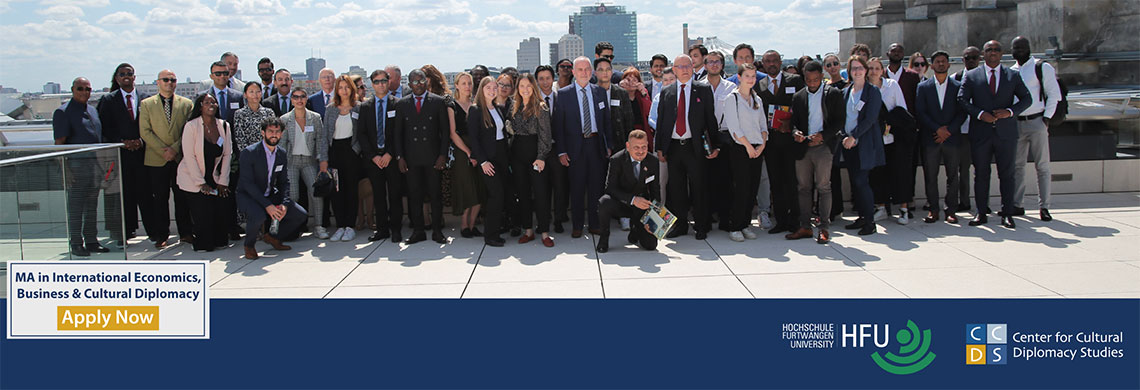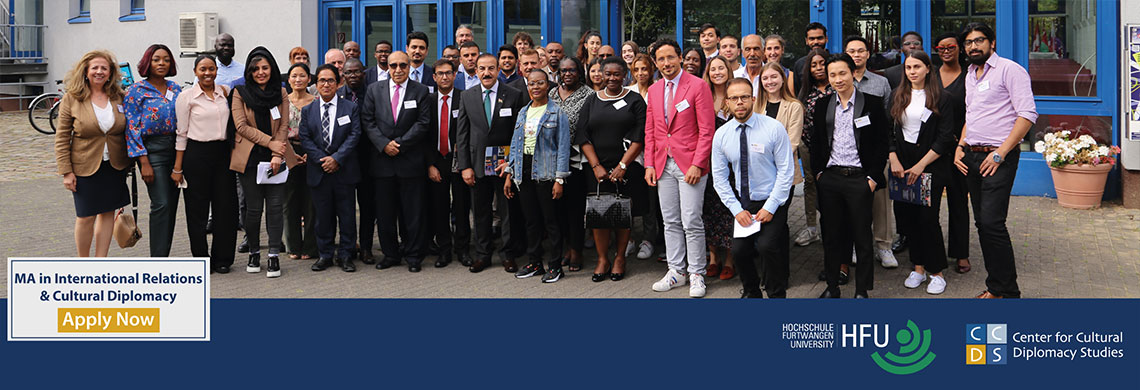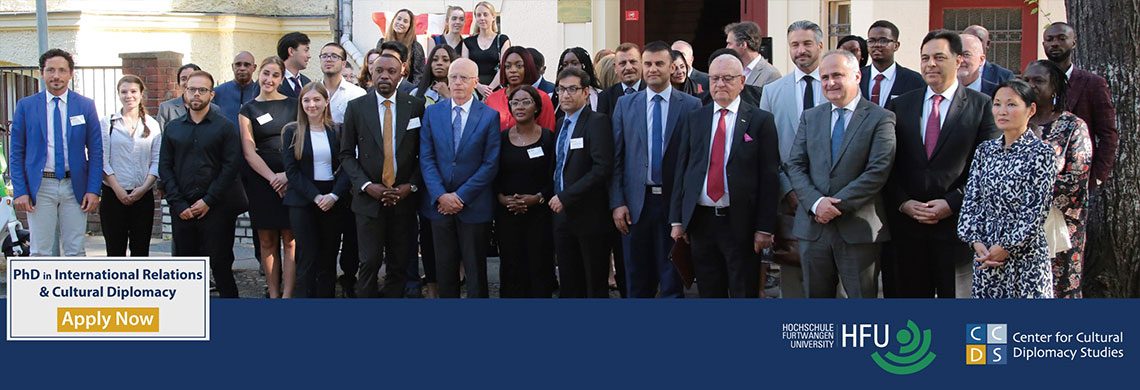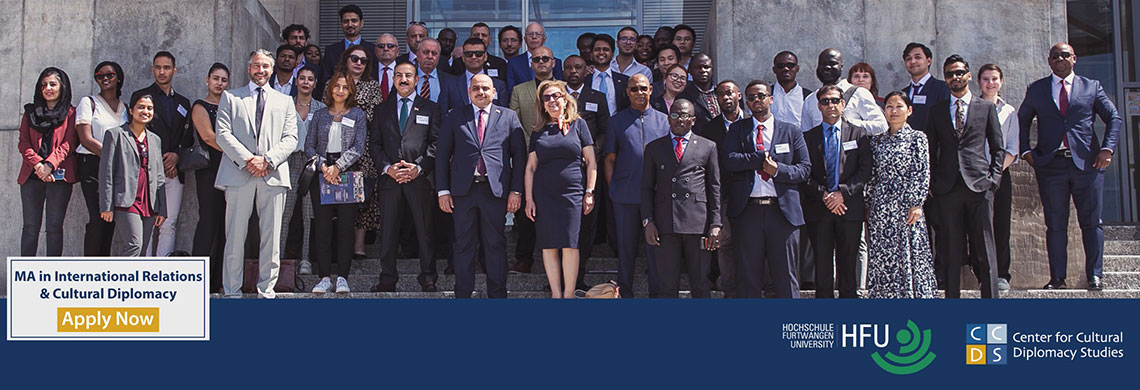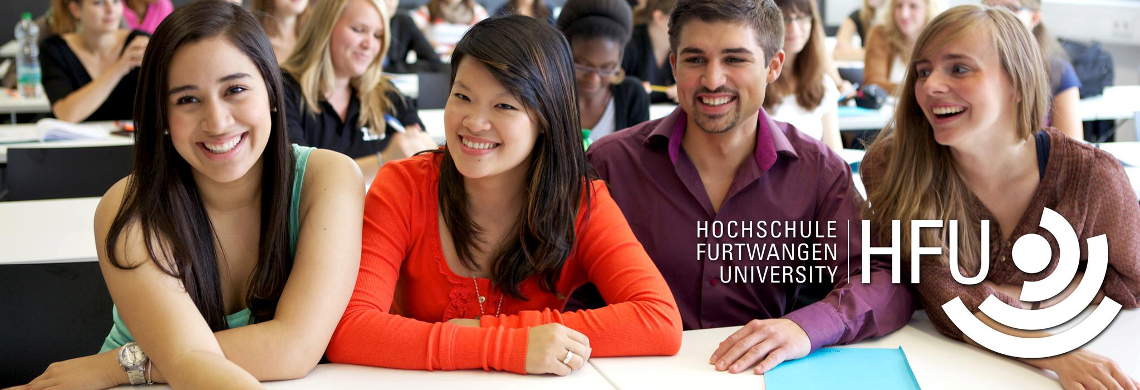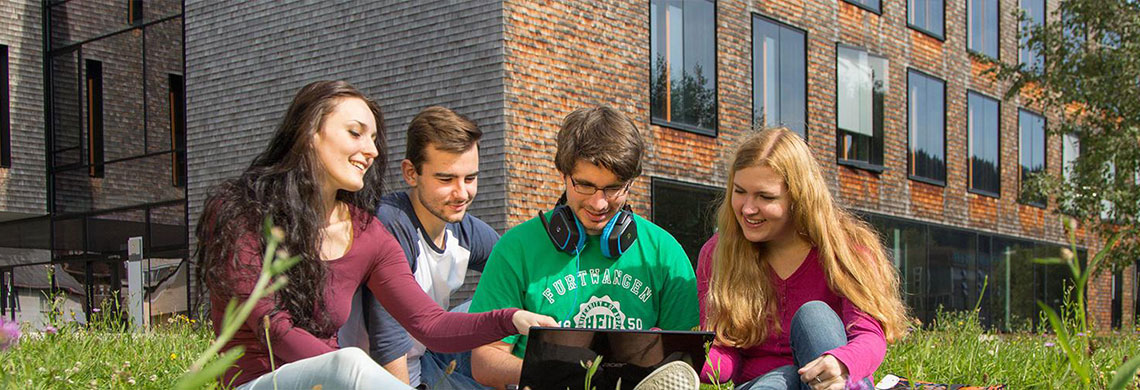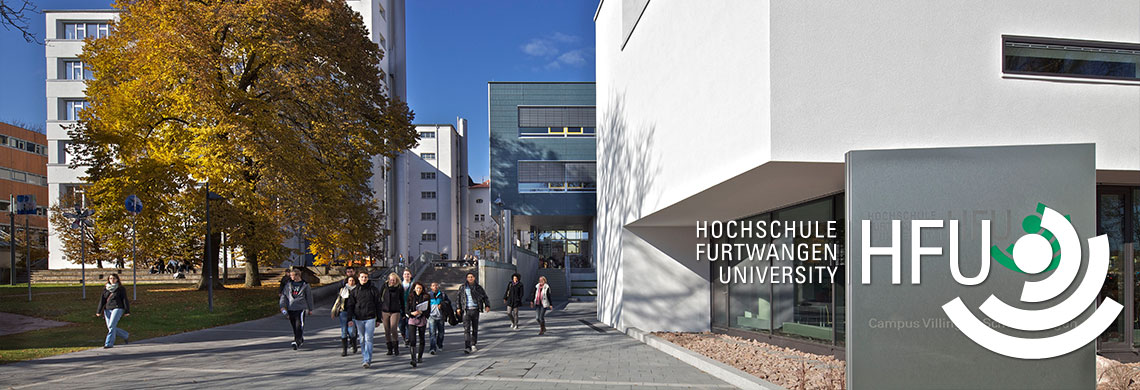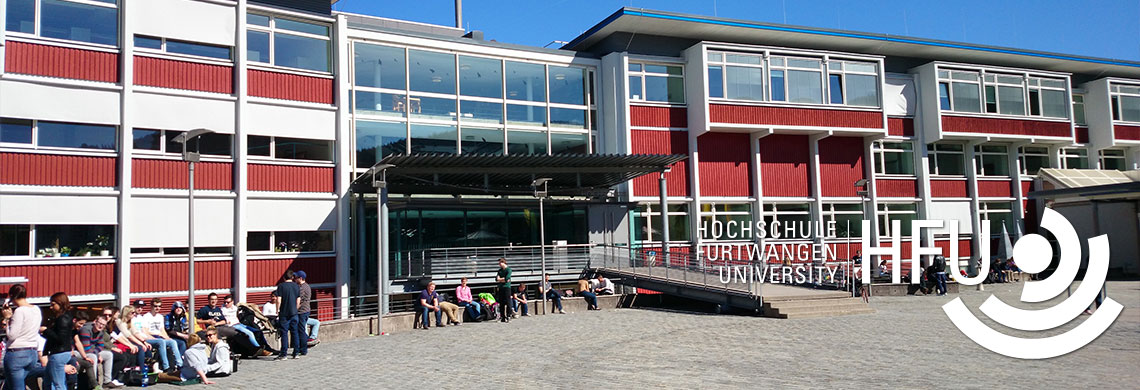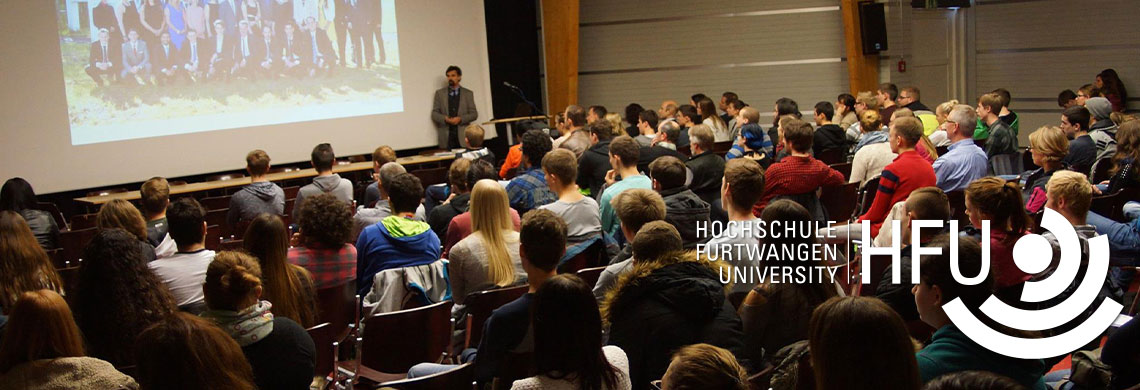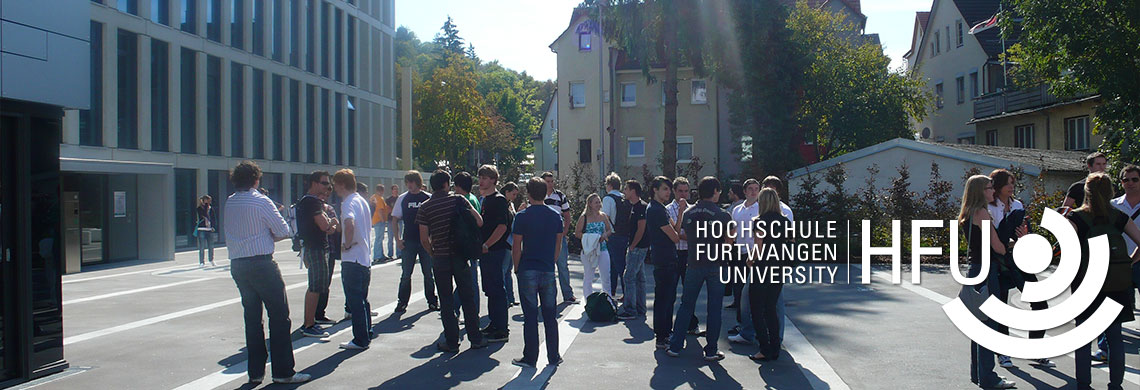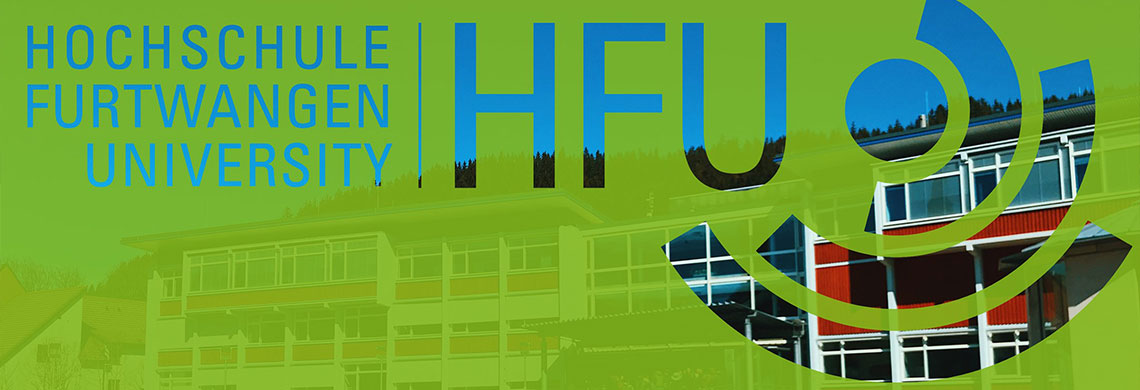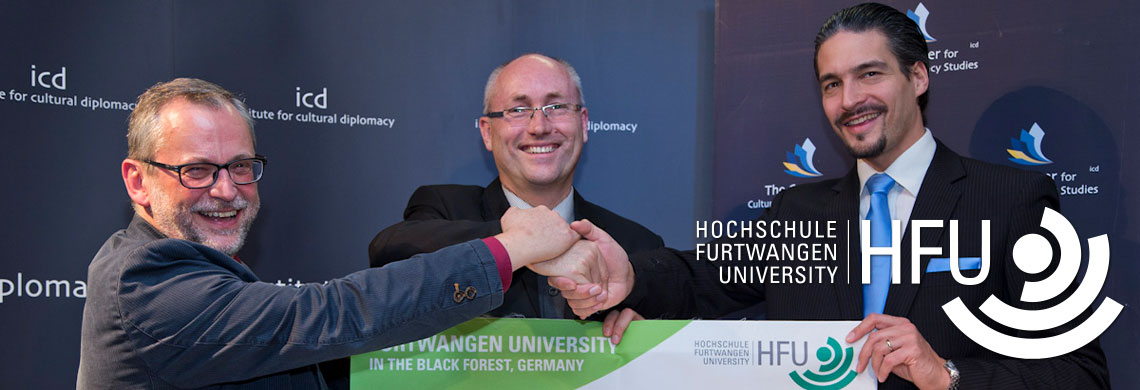Furtwangen University
Master Programs
The programs are offered by the Furtwangen University in partnership with the Academy for Cultural Diplomacy
LOCATION
 Baden-Württemberg, home to the popular Lake Constance, also borders Switzerland, France and Austria. On top of that, it also borders three German states, including Bavaria. This provides the inhabitants of Baden Wurttemberg with great opportunities to travel and visit a multitude of European cities. On the one hand, it is relatively easy to visit places such as Munich, Mainz, Stuttgart and Frankfurt am Main, whilst on the other hand you can also travel to a number of destinations outside of Germany. Here, you’re just a train-ride away from cities such as Basel, Zurich, St. Gallen, as well as the popular Alsace region of France.
Baden-Württemberg, home to the popular Lake Constance, also borders Switzerland, France and Austria. On top of that, it also borders three German states, including Bavaria. This provides the inhabitants of Baden Wurttemberg with great opportunities to travel and visit a multitude of European cities. On the one hand, it is relatively easy to visit places such as Munich, Mainz, Stuttgart and Frankfurt am Main, whilst on the other hand you can also travel to a number of destinations outside of Germany. Here, you’re just a train-ride away from cities such as Basel, Zurich, St. Gallen, as well as the popular Alsace region of France. Baden-Württemberg holds two UNESCO World Heritage sites, namely the Maulbronn Monastery Complex, built in Roman times, and the Monastic Island of Reichenau. The area also hosts numerous cultural events and festivals which annually draw in a diverse crowd, as well as widespread media coverage. This carries on the captivating tradition of the area, which is also the birthplace of a number of scientists, poets and artists such as Albert Einstein, Hermann Hesse, Theodor Heuss, Johannes Kepler and Friedrich Schiller, as well as Hans and Sophie Scholl.
This heritage makes Baden-Württemberg home to an array of cultural initiatives, with numerous galleries, concert halls and museums for your enjoyment. The state offers a vast range of opportunities to travel, find accommodation and engage in a variety of leisure activities.
THE HISTORY OF BADEN-WÜRTTEMBERG
Baden-Württemberg is the only Federal State created as a result of a referendum. Due to its geographical proximity to a number of different national groupings, Baden-Württemberg was historically fragmented and formerly comprised two states in the given area, namely Baden and Württemberg respectively.In 1952, the States of Württemberg-Baden, Baden and Württemberg-Hohenzollern merged to form a single cohesive State in Germany’s southwest. However, the eventful history of the individual states in the Southwest stretches back much further.
The Baden-Württemberg success story was essentially born out of a process of sober decision making. The State has its special historical constellation after the end of the Second World War to thank for its formation. The territory in Germany’s Southwest was divided into three parts after Germany’s unconditional surrender, without any consideration to geographical, social or economic circumstances.
However, a merger of the three states was already envisaged in the constitution of the State of Württemberg-Baden drawn up in 1946. Germany’s Basic Law also contains an article dedicated to the question of a Southwest state. At the end of 1951, the population itself voted in favor of the formation of a joint Federal State.
The change came in on April 25, 1952, and thus the State of Baden-Württemberg was formed. The new Federal State in the Southwest united Baden, Württemberg-Baden and Württemberg-Hohenzollern in a single entity. On November 19, 1953 the new constitution came into force officially declaring Baden-Württemberg a new Federal State.

Negotiations about the Future of Baden and Württemberg
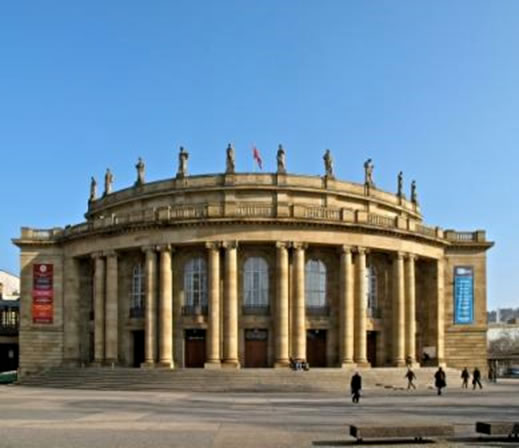
Theater of the City of Stuttgart
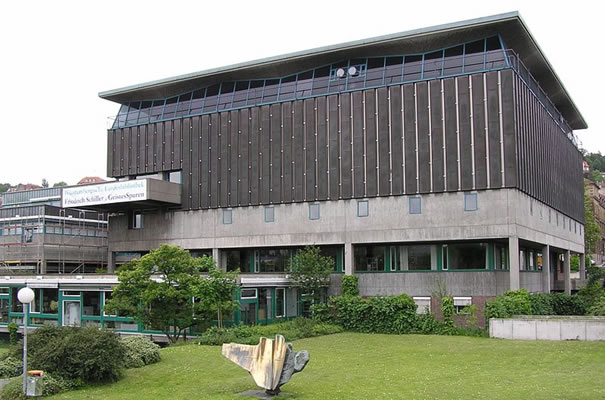
Stuttgart State Library
Furtwangen
Furtwangen im Schwarzwald is a small city which is situated in the Black Forest area in south western part of Germany. It is located near the two larger cities of Villingen-Schwenningen and Freiburg and has a total population of approximately 9,600 people. Located in the national park ‘Südschwarzwald’, Furtwangen is partially situated in a mountainous region which offers numerous activities to tourists and inhabitants alike. What’s more, is that the city is known for its snowy winters, its historical clock industry, as well as its strong industrial performances which, in turn, accounts for a low unemployment rate. The river Breg also flows through the city which serves as the spring of the Danube River. Furthermore, the south western region also holds numerous religious associations.The history of Furtwangen’s clock making industry shapes the city until today. Not only does the city have a museum for clock making, but the university also has its roots in this métier. It was planned as a school for higher education in engineering and at the same time a vocational training center for clock making technicians. This intersection between the city’s history and its academic sphere makes Furtwangen exceptional.
Furthermore the cultural sphere is also shaped by the clock ticking structures, like the Kulturfabrik Furtwangen, which translates as “Culture Factory”. The Kulturfabrik is the cultural motor of Furtwangen and offers range of cultural events to it’s vast student population, from Music to political cabaret.
The “Verein der Unternehmer in Furtwangen” (VDU) - an association for business in Furtwangen - focuses on urban development. Supported by the city of Furtwangen and partly funded by the “Leader Aktionsgruppe Südschwarzwald”, the VDU seeks to strengthen the city as a location for industry and commerce. Especially through initiatives in the fields of trade, health, tourism, mobility and education the economy is refreshed, the social solidarity increases, weaknesses of the city are balanced and strengths are enhanced.
ACADEMIC LIFE - The University of Furtwangen
The university dates back to a school for clock making founded in 1850 by Robert Gerwig. After World War II, the school was split into two branches — one for engineering studies and the other for job training. The university was to become a Fachhochschule when this new kind of university was introduced in the early 1970s.Now the name has been changed from Fachhochschule Furtwangen to Hochschule Furtwangen. It's also known as the Furtwangen University of Applied Sciences.
About 3500 students study at the university and due to the small numbers, students experience excellent supervision.
Freiburg
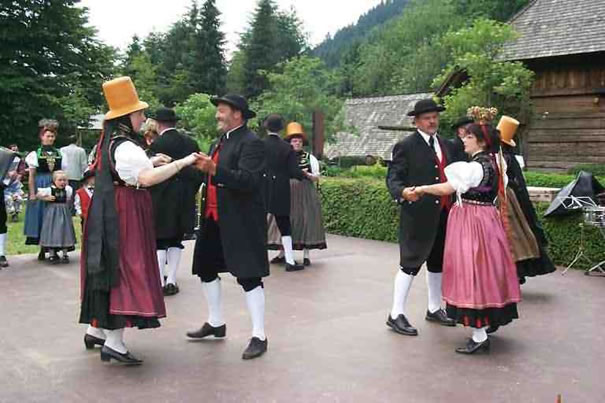
The typical Furtwangen “Tracht”, conserved like
many traditions in the Black Forest
Historically, the city has acted as the hub of the Breisgau region on the western edge of the Black Forest in the Upper Rhine Plain. One of the famous old German university towns, and archiepiscopal seat, Freiburg was founded in the early twelfth century and developed into a major commercial, intellectual, and ecclesiastical center of the upper Rhine region.
The city is known for its medieval university and minster, as well as for its high standard of living and advanced environmental practices. The city is situated in the heart of a major wine-growing region and serves as the primary tourist entry point to the scenic beauty of the Black Forest.
The most impressive piece of architecture is the Freiburg Minster with its 116 meter tower. The last duke of Zähringen started the building around 1200 in a Romanesque style, and the construction continued in 1230 in Gothic style. The minster was partly built on the foundations of an original church that had been there from the beginning of Freiburg in 1120.
In the Middle Ages, Freiburg lay in the Diocese of Konstanz. In 1827 the Freiburg Minster became the seat of the newly erected Catholic Archdiocese of Freiburg and thus a cathedral.
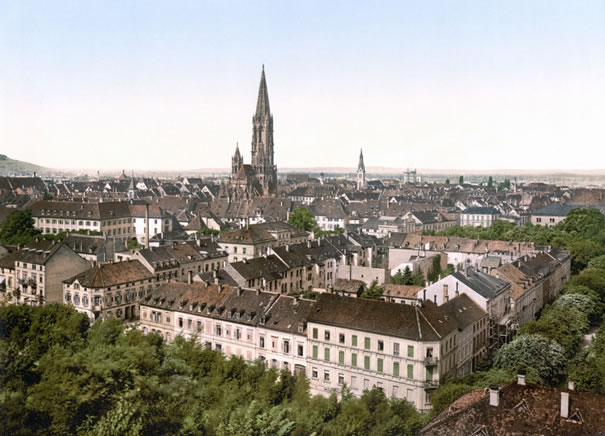
Dominating the skyline: The Freiburg Minster
Stuttgart
Stuttgart is Baden-Württemberg’s capital, the largest city and an economical hub of the region. It is located at the Neckar-River and surrounded by several smaller but economically important cities, such as Tübingen (University), Ludwigsburg and Esslingen. It hosts the headquarters of two major German car producers: Mercedes and Porsche.The sixth-largest city in Germany, Stuttgart has a population of about 600,000 while the metropolitan area has a population of 5.3 million.
Stuttgart is spread across a variety of hills (many of them vineyards), valleys and parks - quite unusual for a German city and often a source of surprise to visitors who primarily associate the city with its industrial reputation as the 'cradle of the automobile'.
Different slogans describe the city. Tourists are attracted by “Stuttgart offers more”, while for business the city considers itself as “Standort Zukunft” (“Where business meets the future”).
Although the city centre was heavily damaged during World War II, many historic buildings have been reconstructed and the city boasts some fine pieces of modern post-war architecture. At the centre of Stuttgart lies its main square, the Schlossplatz. As well as being the largest square in Stuttgart, it stands at the crossover point between the city's shopping area, Schlossgarten park which runs down to the river Neckar, Stuttgart's two central castles and major museum and residential areas to the south west. Königstraße, Stuttgart's most important shopping street which runs along the northwestern edge of Schlossplatz, claims to be the longest pedestrianized street in Germany.
Konstanz
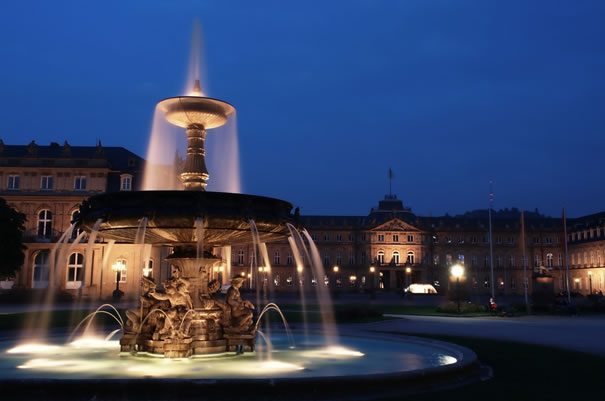
Stuttgart - The Old Castle at Night
Konstanz has a long history of civilization. The first traces of a population in the area go back to the Stone Age, later in the area of the Roman Area it belonged to the Roman province Raetia. Its later name, originally Constantia, comes either from the Roman emperor Constantius Chlorus, who fought the Alemanni in the region and built a strong fortress around 300 AD, or from his grandson Constantius II.
Today, it is a lively university town offering a wide range of leisure activities for visitors of all ages. This town on the shores of Lake Constance has also managed to preserve its long-standing traditions as a trading and cultural centre to the present day, having also incorporated countless new aspects along the way. On a tour of the old town of Konstanz, which has remained almost unchanged since the Middle Ages, this traditional trading town really comes to life. The town's unique location on the shores of Lake Constance and the River Rhine, and its proximity to Switzerland, Austria and Liechtenstein, make Konstanz an ideal holiday destination and touring base for excursions to the surrounding region.
Cultural activities in Konstanz are widespread and multifaceted: at the theatre, with the philharmonic orchestra, at the cultural centre and in one of the many museums or simply on a walk through the marvelous landscapes. Some may be astounded at the number of free cultural institutions. Don’t forget to visit the Sea-Life-Centre; but watch out for sharks! Culture is big in Konstanz and there is a lot to discover. The city is traditionally engaged in all sorts of cultural activities and has been a high level cultural centre in the region over the past few years. For obvious reasons it is now a complete economic and cultural high level centre: the number and quality of cultural institutions have created a cultural profile that is unusual and rare in many aspects.
Schwarzwald - Black Forest
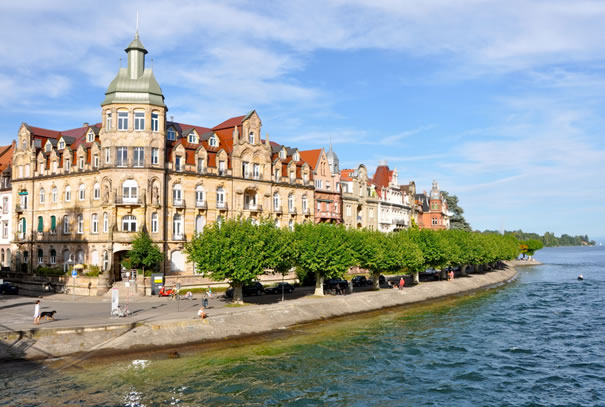
Konstanz has beautiful architecture along
the lake most of it undamaged by World War II
The main industry is tourism. In addition to the towns and monuments noted below, the Black Forest is crossed by numerous long distance footpaths, including some of the first ever to be established. The European long-distance path E1 crosses the Black Forest following the routes of some of the local long-distance paths. There are numerous shorter paths suitable for day walks, as well as mountain biking and cross-country skiing trails. The total network of tracks amounts to around 23,000 kilometers (14,000 mi), and is maintained and overseen by a voluntary body, the Schwarzwaldverein (Black Forest Society).
Black Forest clockmakers are renowned for their precision clocks. Most of the mechanical clocks are now sold as antiquities as many factories were shut down after the First World War and the Second World War. A few factories survived the structural change.
Stuttgart Spring Festival
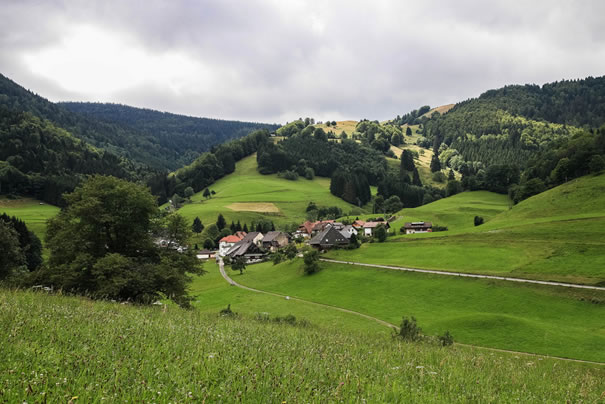 Europe's biggest and most attended spring festival attracts around 1.5 million guests to the Cannstatter Wasen fair grounds between mid-April and the beginning of May. On an area of 4.2 hectares, a wide selection of stalls and confectionery stands, modern and traditional fairground rides, side-shows, beer tents and catering stalls offer every conceivable type of family fun and entertainment.
Europe's biggest and most attended spring festival attracts around 1.5 million guests to the Cannstatter Wasen fair grounds between mid-April and the beginning of May. On an area of 4.2 hectares, a wide selection of stalls and confectionery stands, modern and traditional fairground rides, side-shows, beer tents and catering stalls offer every conceivable type of family fun and entertainment.Alongside the traditional keg tapping ceremony on the opening Saturday, annual highlights of the festival program include the balloon glow and musical firework display. Every Wednesday is family day, when a wide variety of cut-price offers are available to parents with children.
The traditional Chandler's Market is an annual feature of the festival: From textiles, leather, jewelry and spices through to household articles - there is something here to satisfy browsers and keen shoppers alike.
International Music-Festival “Heidelberger Frühling”
With 35,000 visitors the “Heidelberg Spring” as the festival’s title would translate, counts as one the biggest festivals in Baden-Württemberg. Great artists are expected to come to the city at the Neckar. The festival combines commissioned work, Iocal production and an international festival academy and therefore provides the possibility to really engage with the creation of the music heard and then discuss it. Venues are spread all over the city.

